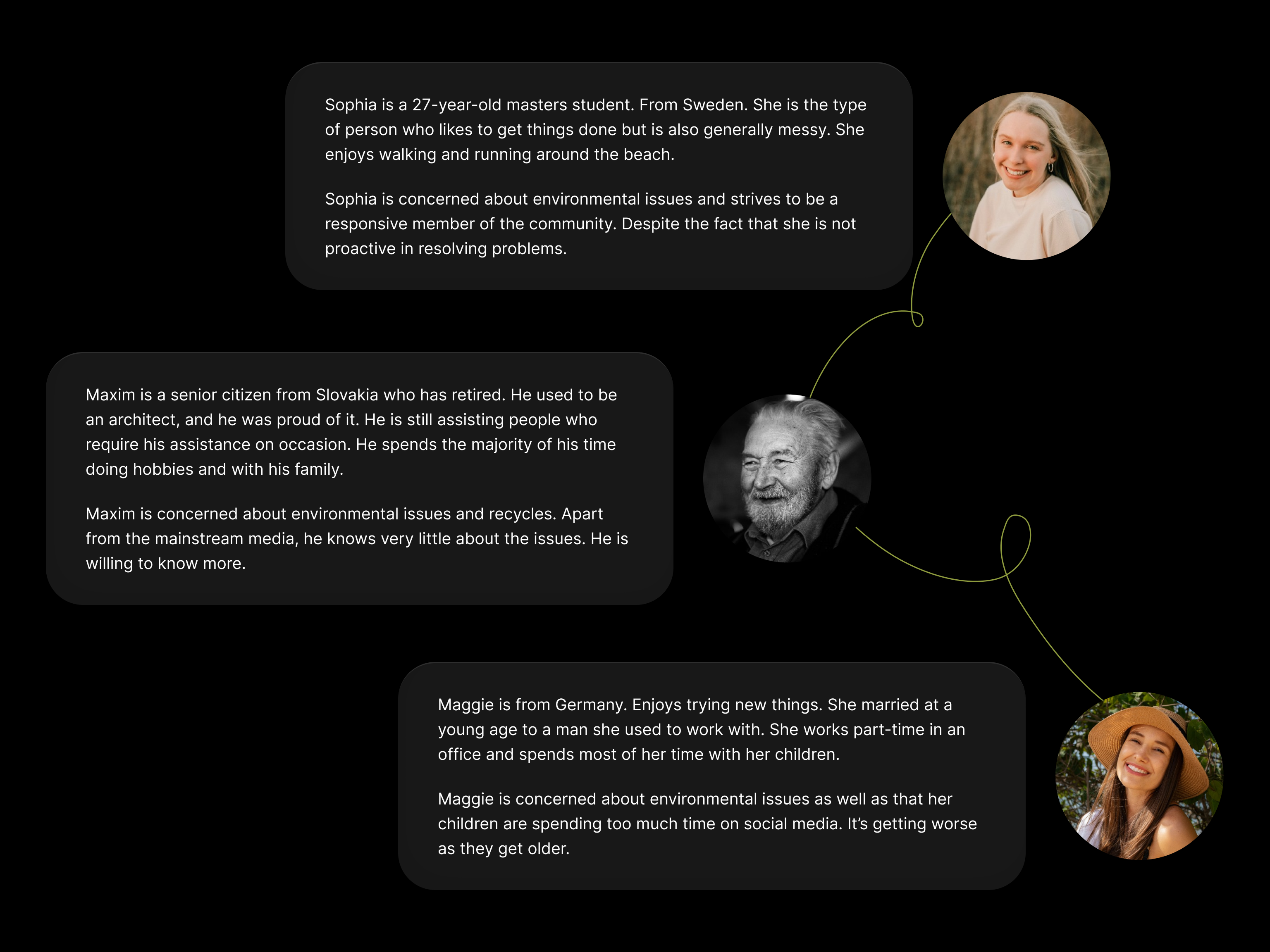UX + UI design
#LogoDesign
#Branding
#Application
#UX/UI
Together we are making our planet Greener place.

1
Planet's helped
Find out how we designed the increase of public in Environmental Engagement.
Case Study of Green Community Platform.

In today's world, where the pressing issues of climate change attracts more of attention, the need for cohesive and accessible platforms for environmental engagement has never been greater.

Our project aimed to address this need by creating a digital platform that brings together like-minded individuals interested in green solutions and ecological behaviors. Designed with modern users in mind, our platform sought to revolutionize the way people connect with environmental initiatives and organizations, filling a crucial gap in the digital landscape.

The Revolutionary Idea:
At the heart of our project lay a revolutionary idea: to create a space that fosters community, education, and action around environmental issues.
Recognizing the real and imminent threat of climate change to our planet and its inhabitants, we envisioned a platform that would serve as a hub for individuals seeking to make a positive impact through sustainable practices.
Our goal was to make environmental activism accessible, engaging, and purposeful for everyone, regardless of their background or level of expertise.

Addressing the Fear Factor:
One of the biggest challenges in mobilizing people for environmental action is overcoming fear. The media often create and support feelings of anxiety and helplessness regarding climate change, which can hold back individuals from taking meaningful steps towards sustainability.
In response, our platform adopted a more positive and empowering approach to information distribution. By highlighting success stories, actionable tips, and collaborative opportunities, we aimed to inspire hope and instill confidence in our users, encouraging them to become agents of change in their communities.

Target Audience and Inclusivity:
We recognized that meaningful environmental change requires the involvement of diverse groups of people. From students to professionals, activists to policymakers, our platform welcomed individuals from all walks of life who shared a common goal of protecting the planet. By fostering inclusivity and diversity, we aimed to create a vibrant and dynamic community capable of driving collective action on a global scale.

Research and Insights:
Our project was informed by extensive research into environmental attitudes, behaviors, and trends. We drew upon insights from global and local environmental organizations, as well as data from surveys and studies on public opinion. For example, research conducted by Yale highlighted the widespread recognition of climate change among Americans, yet revealed a gap between awareness and action.
Armed with these findings, we tailored our platform to address this gap, providing users with the resources and support they need to translate their environmental concerns into tangible initiatives.

Conclusion:
In conclusion, our case study illustrates the power of digital innovation in catalyzing environmental engagement and activism. By leveraging technology to connect individuals, organizations, and resources, we have created a platform that empowers people to make a difference in making our planet Greener place.
Moving forward, we remain committed to evolving our platform in response to the ever-changing needs of our users and the planet. Together, we can harness the collective power of community and collaboration to create a more sustainable and resilient world for future generations.
